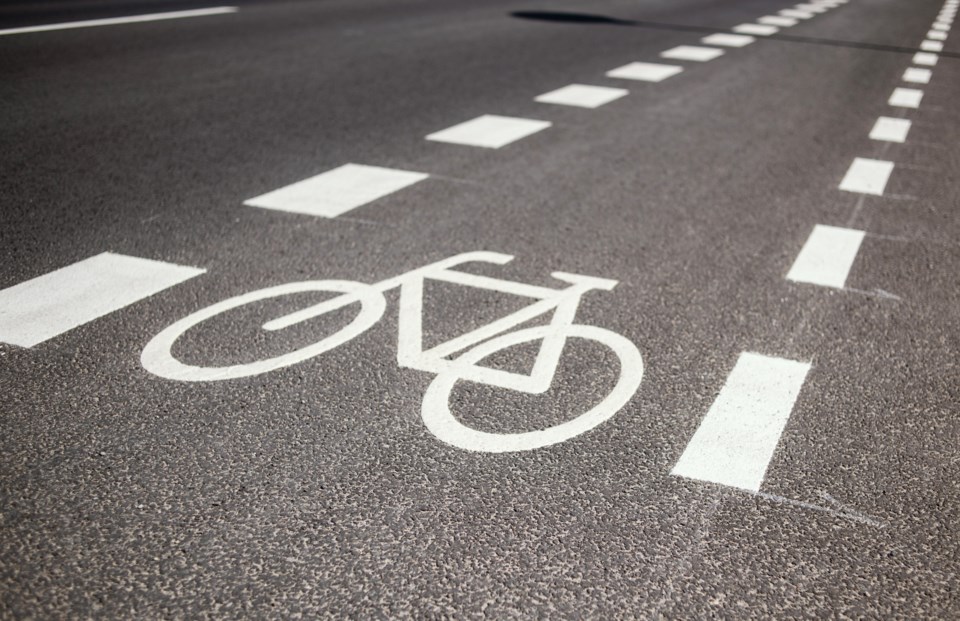This summer will see West Vancouver become a tad more accessible to those on two wheels as it welcomes further cycling infrastructure along Marine Drive.
A vote was passed in council chambers on Monday evening for the development of the local bike route via a lane between the 2500 and 3100 blocks of Marine Drive.
Members of the cycling community attended the weekly meeting to advocate for its go ahead, adding how, while the addition might seem small, it was enough to help mitigate climate change, alleviate traffic, and improve safety to cyclists who travel the area, especially for families with young children.
The project will see car travel lanes on the road narrowed with edge lines, painted to create consistent 3.5-metre lanes, while the east-west travel lanes will be separated by a double yellow centre line with recessed pavement reflectors.
In certain locations, like at approaches to intersections, flexible bollards will be installed to increase driver awareness of the bike lanes, and intersection crossings will include green traffic markings.
On-street parking will also largely be prohibited on both the north and south side of Marine Drive between 26th Street to 31st Street, and on the north side of the street between 25th and 26th Street.
All council members agreed that efforts should be made to improve the safety of cyclists along the route that travels from Horseshoe Bay through West Vancouver, with some declaring that this latest development wasn't adequate enough to truly mitigate risk.
“I love the idea that we’re creating a longer path and extending our original commitment to creating safe cycling, but I actually have a tremendous amount of concern, because this isn’t safe cycling,” said Coun. Sharon Thompson.
“That is a very dangerous part of the road … to paint a line on a road without a physical barrier to actually stop an accident or deter it, I think is a false sense of security.”
Thompson suggested that council hold off with development for the time being and wait until there was “the funding to do it right,” by employing more adequate safety measures, like designated signing, or by reclaiming the nearby train path.
The statement was echoed by Coun. Christine Cassidy, who said she was “very happy” to approve the motion but would, like Thompson, like to see a more physical barrier put in place in future so that if there were to be an accident, it would be the car that would suffer the damage – rather than the cyclist.
“It doesn’t have to be anything fancy at this point in time,” she said.
“Those concrete barriers are not particularly attractive, but they’ll do the job until we can find the funds and the technology to take their place.”
Despite Thompson's concerns and ultimate vote against the lane, the motion was passed as the majority of council agreed that the lane's introduction was a step in the right direction, regardless of how small, and thus was worthy of being enforced.
Coun. Linda Watt, noting how its implementation signals the council’s commitment to climate action and to active transportation, said it was the best option given the current funds and current resources, and probably will be for “some time to come.” Coun. Nora Gambioli agreed, adding “we do have to start somewhere.”
Mina Kerr-Lazenby is the North Shore News’ Indigenous and civic affairs reporter. This reporting beat is made possible by the Local Journalism Initiative.



